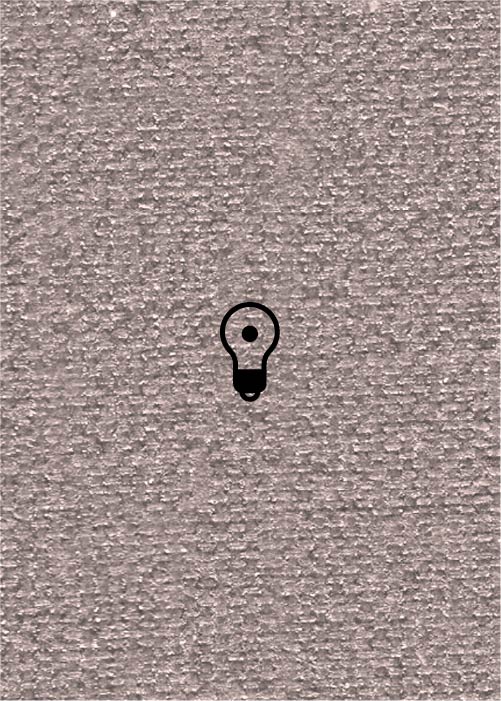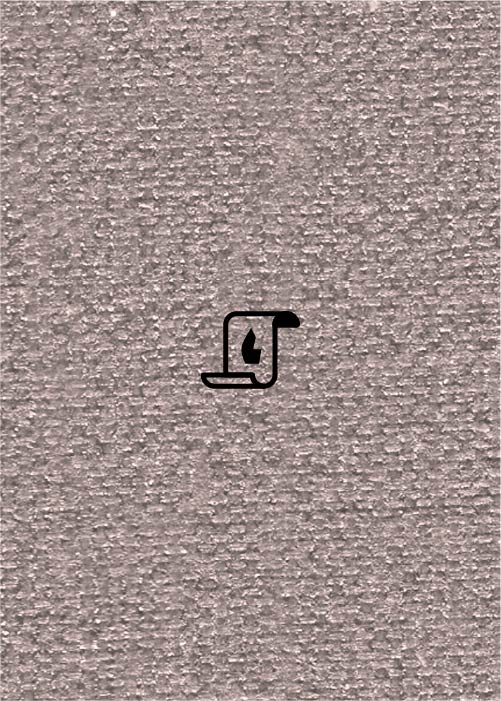(873 results found)

Bulgar (LKT)
… get the full reference. “ Bulgar or bulgarish is a common East European Jewish music and dance form, usually in 2/4 … of the American-Jewish repertoire, popular in parts of Eastern Europe in the late 19th and early 20th centuries. … line, or couple dance deriving from the Bessarabian (East Romanian) dance bulgareasca, literally ‘Bulgarian …

Khosid/Khosidl (LKT)
… Hasidic style, in a stately 2/4 rhythm. In some regions of Eastern Europe, synonomous with freylekhs.” Alpert 1996b, p. … hearing it played in the 1910s by klezmorim from the East Galician town of Sniatyn... The first section is a very …

Betlers-tants (LKT)
… situation of most Jews at this time) were invited to feast; in return for, or rather, in addition to that honor, … Lapson 1943, p. 458 . “Well-to-do families arranged a feast for the paupers of the community a day or two before …

Shemele (LKT)
… [are] two Jewish weddings dances that were widespread in Eastern European Jewish communities, and [formed] part of … looking at these last dances, outside of sources found in [Eastern European Jewish] folk song, we have nothing about … and this leads him to the additional conclusion that, at least in the 70s and 80s of the previous century, this dance …

Semele (LKT)
… that, second, it was well known in the 1870s and 1880s (at least in the Vilna area). The name might well have remained …

«A Special Kind of Antisemitism»: On Russian Nationalism and Jewish Music
… composer Aleksandr Spendiarov: “You by birth are an Eastern person, for you the East, as they say, is in your blood, and precisely in this … of the efforts of the Society for Jewish Folk Music, at least until 1917. After 1917, the Russian Empire fractured …

Mitsve-tants (LKT)
… . “Mitzvah Dance ( Mitsve tentsl ). After the guests had feasted to their hearts’ content in the wedding halls, and … and dancing was usually to announce the end of the wedding feast... This dance was brought in many different Jewish … [c. 1910s] only once, during the ‘khasn mol’ -- groom’s feast, and not during the wedding or seven days of feasting. …

Kosher-tants (LKT)
… where the other writes that at the end of a wedding-feast, when the time for the couple to be alone comes, people …

Mekhutenim-tants
… of the signing of the ‘tenoim’ particularly as a family feast accompanied by modest [dance] turns... yet with no … [are] two Jewish weddings dances that were widespread in Eastern European Jewish communities, and [formed] part of … looking at these last dances, outside of sources found in [Eastern European Jewish] folk song, we have nothing about …

The Shtetl Book
… York … Ktav Publishing House … … 1975 … Yiddish culture … Eastern Ashkenazi … Diane K. Roskies … David G. Roskies … …


